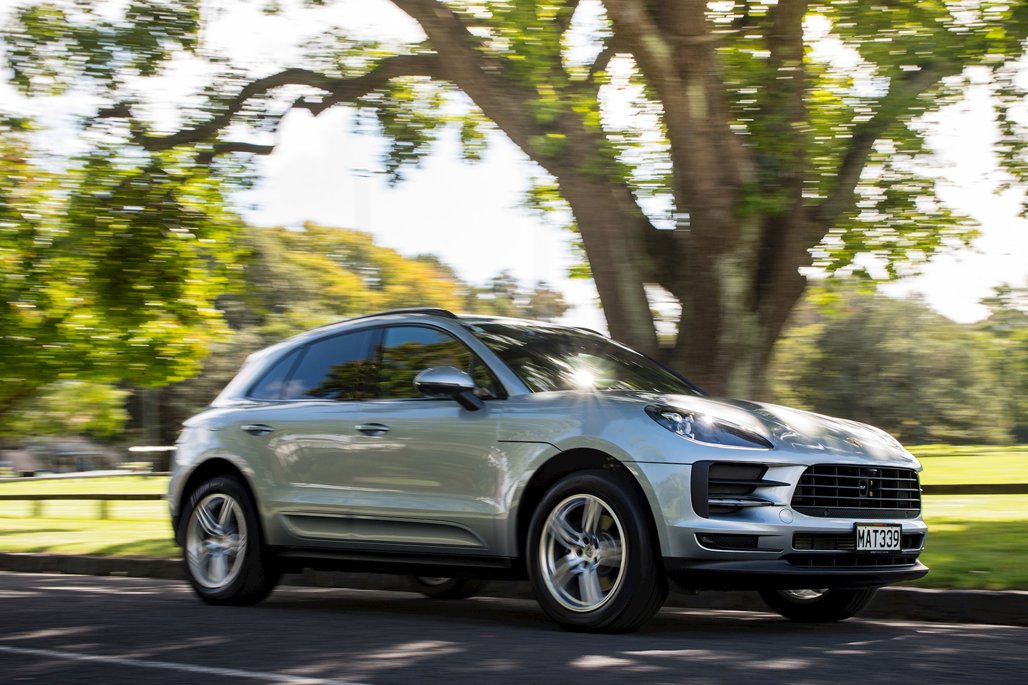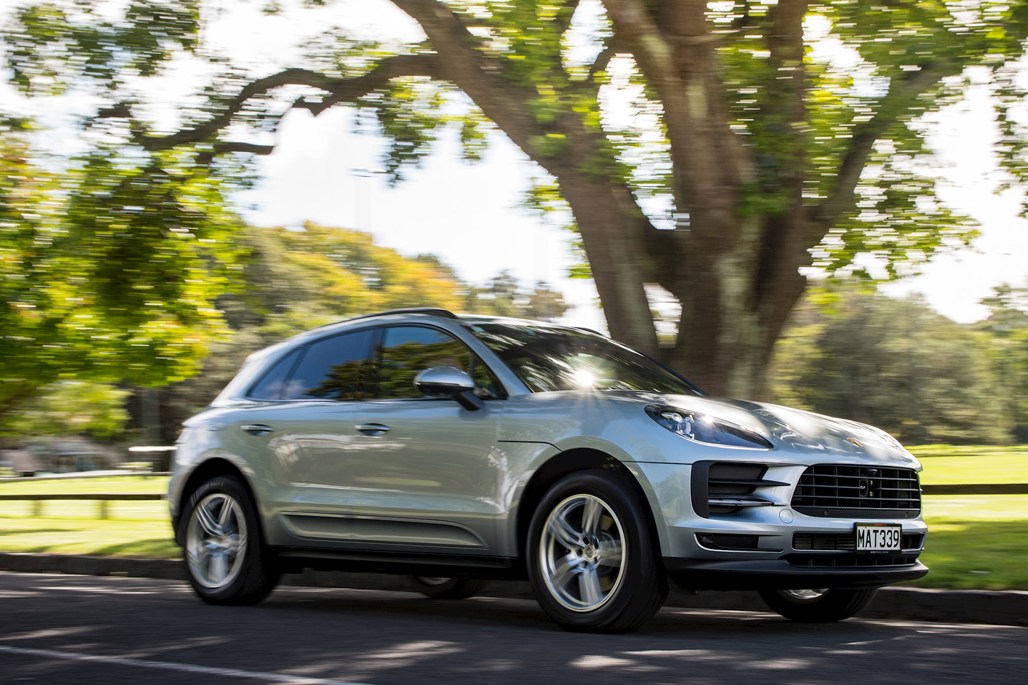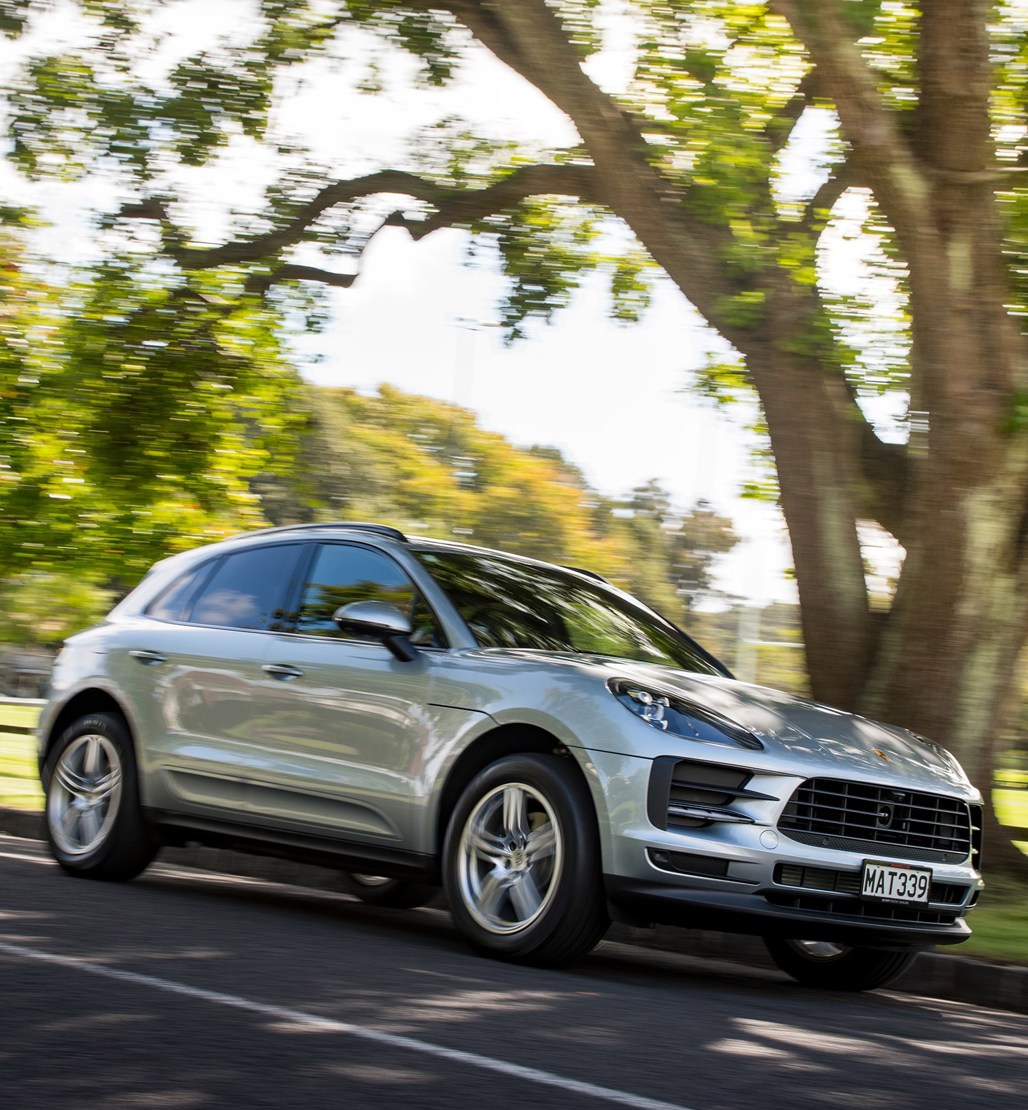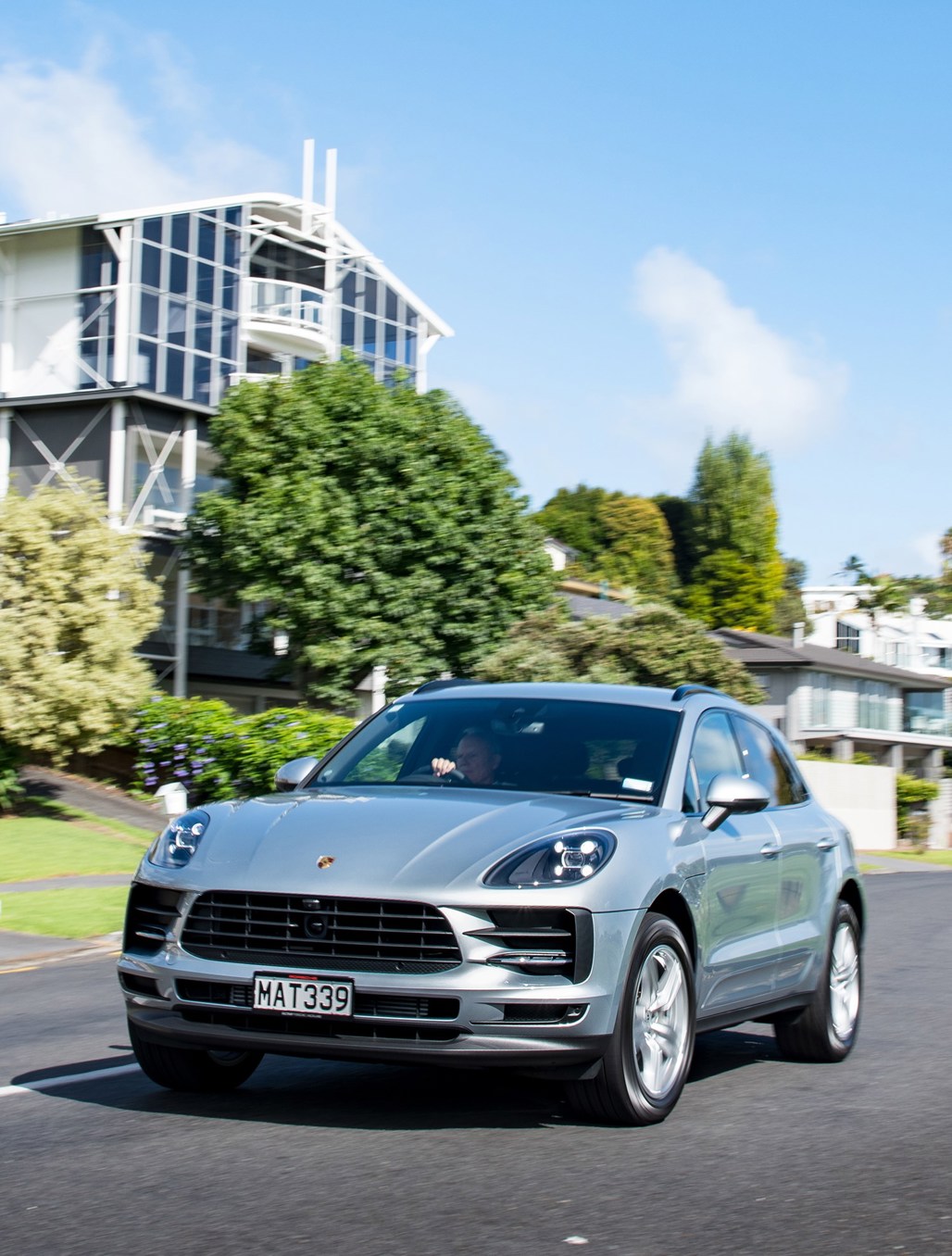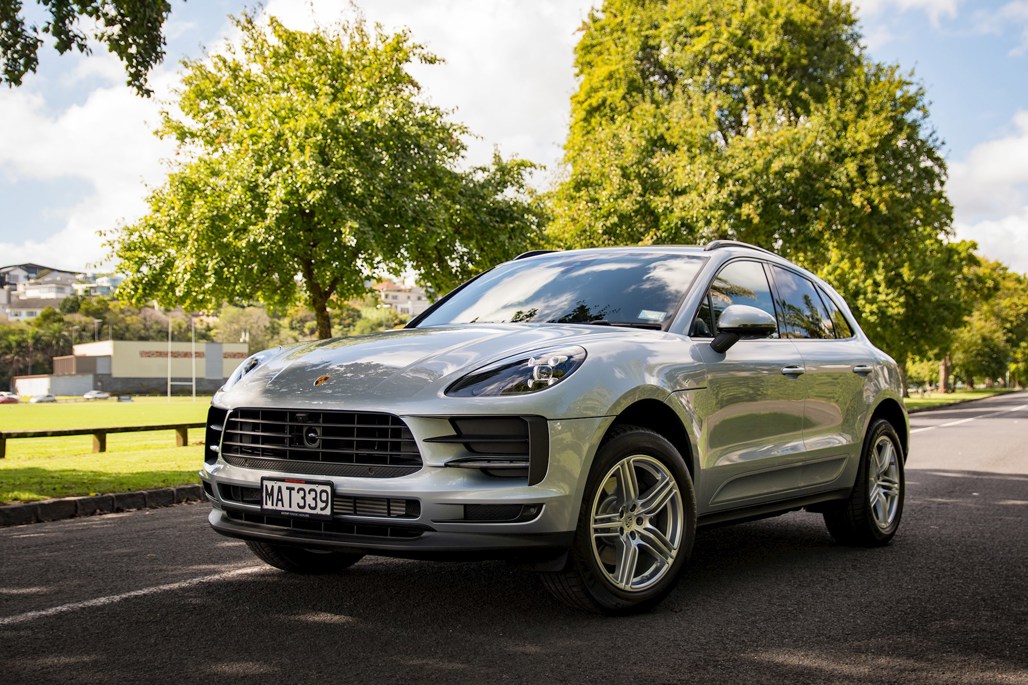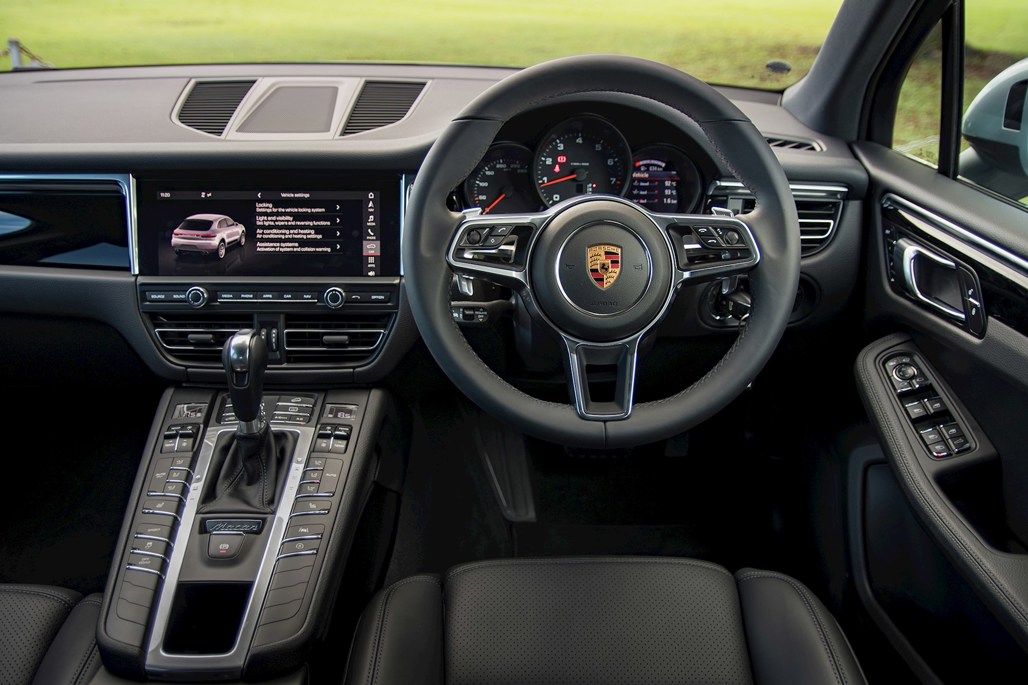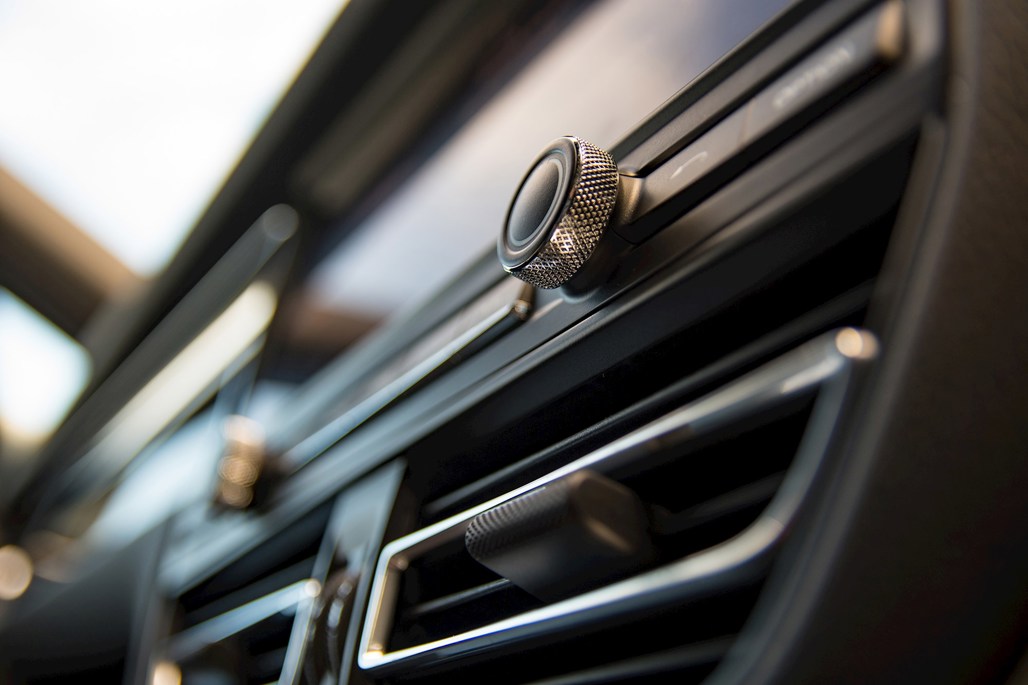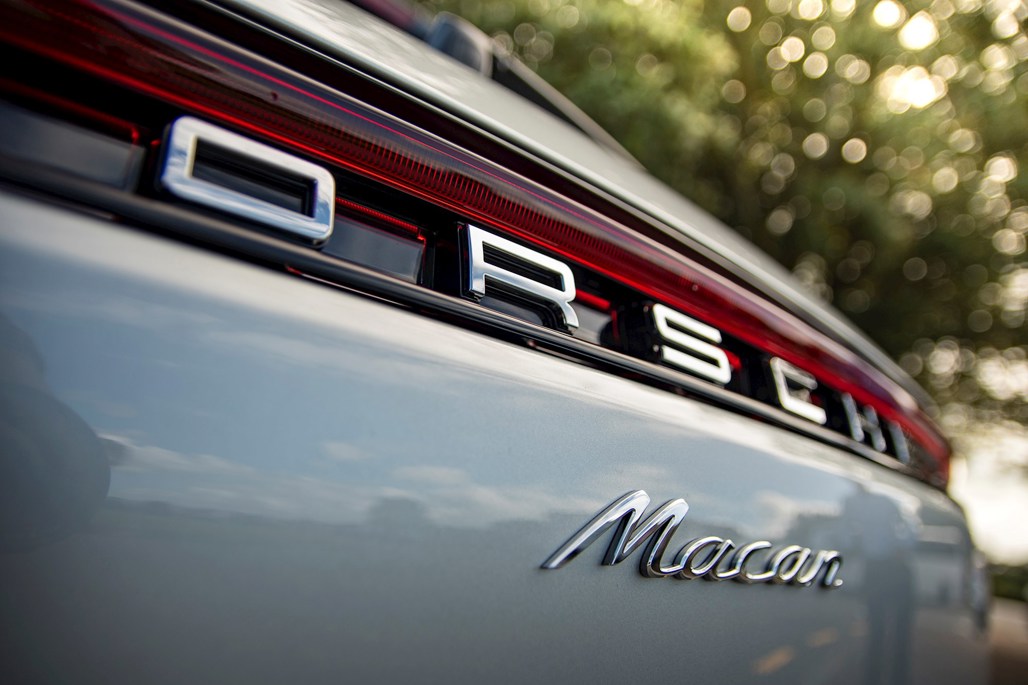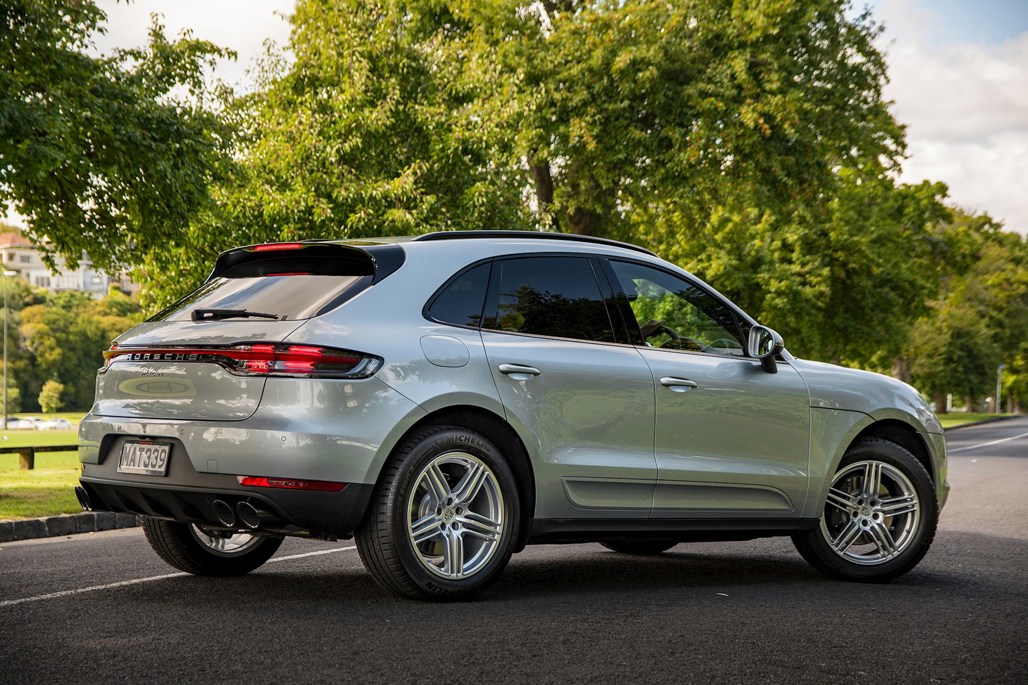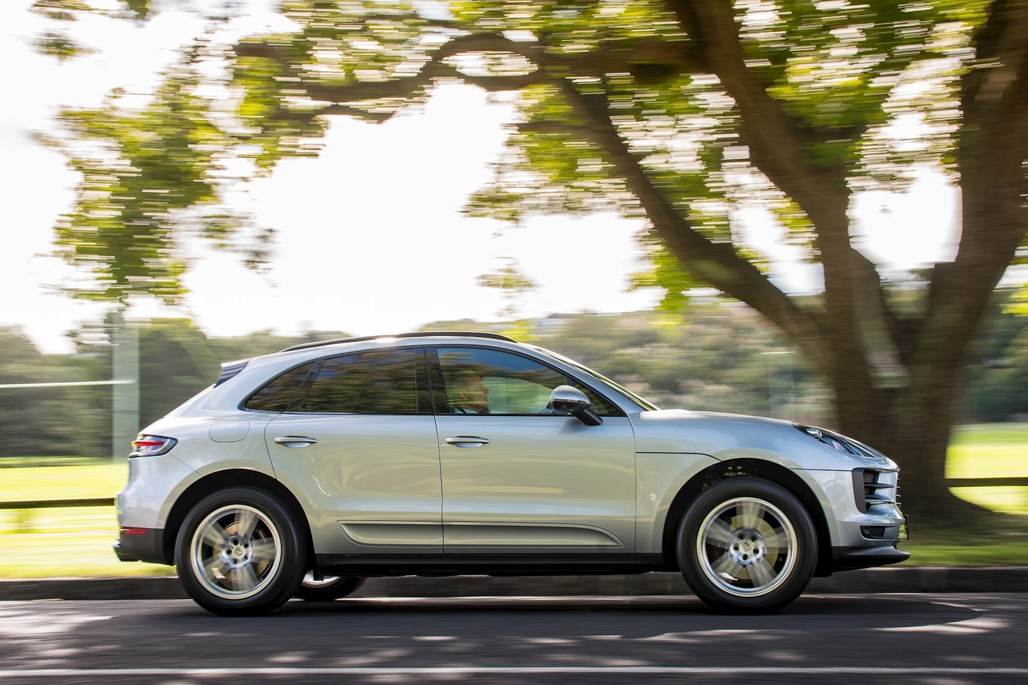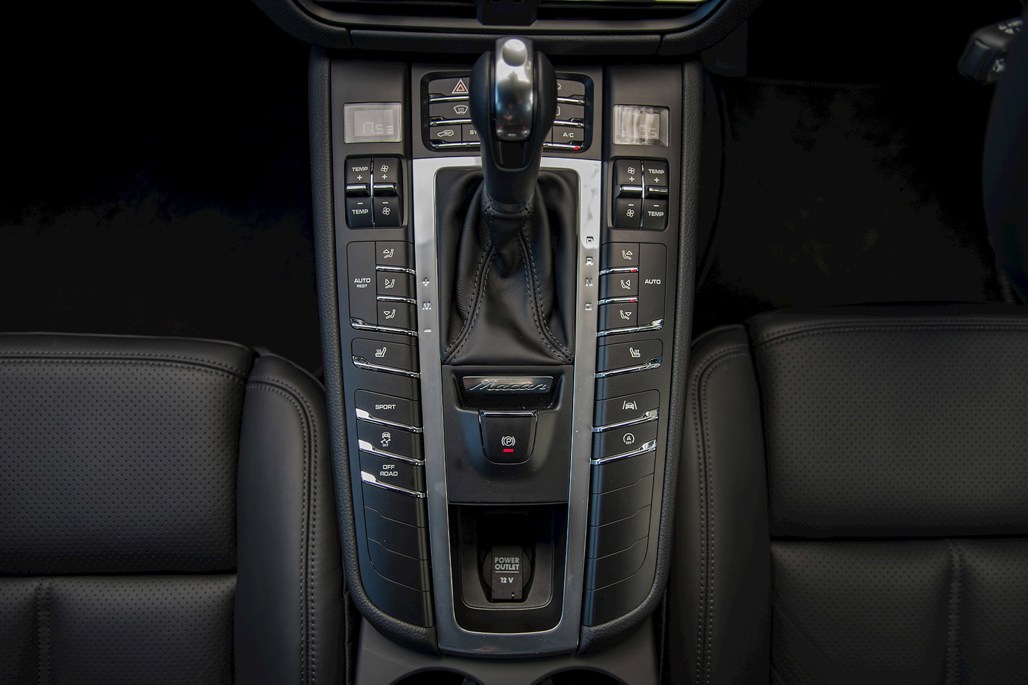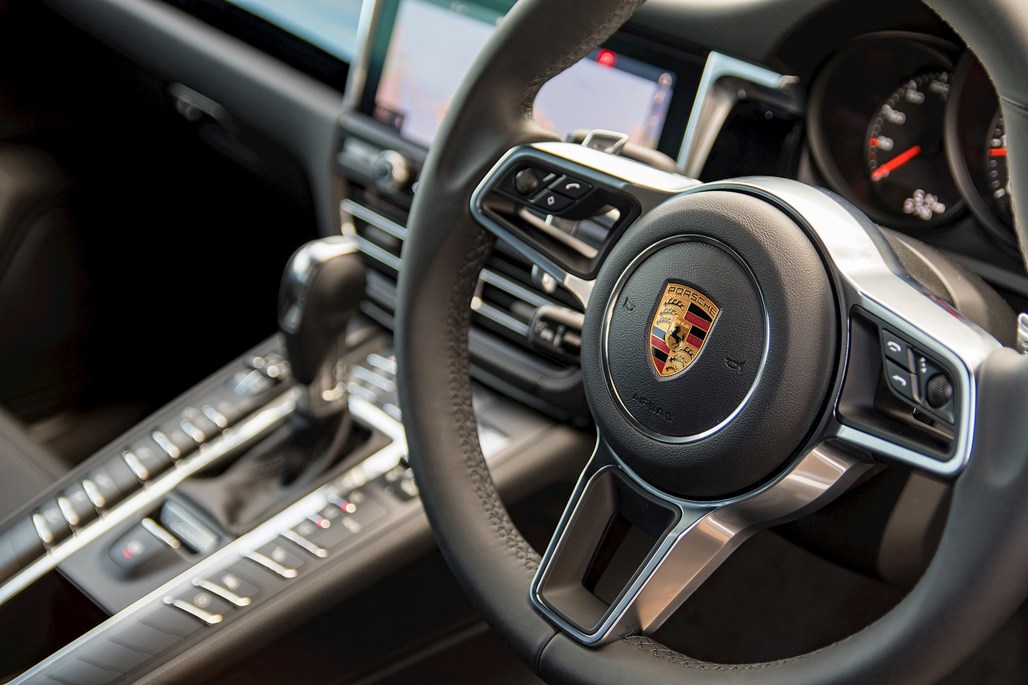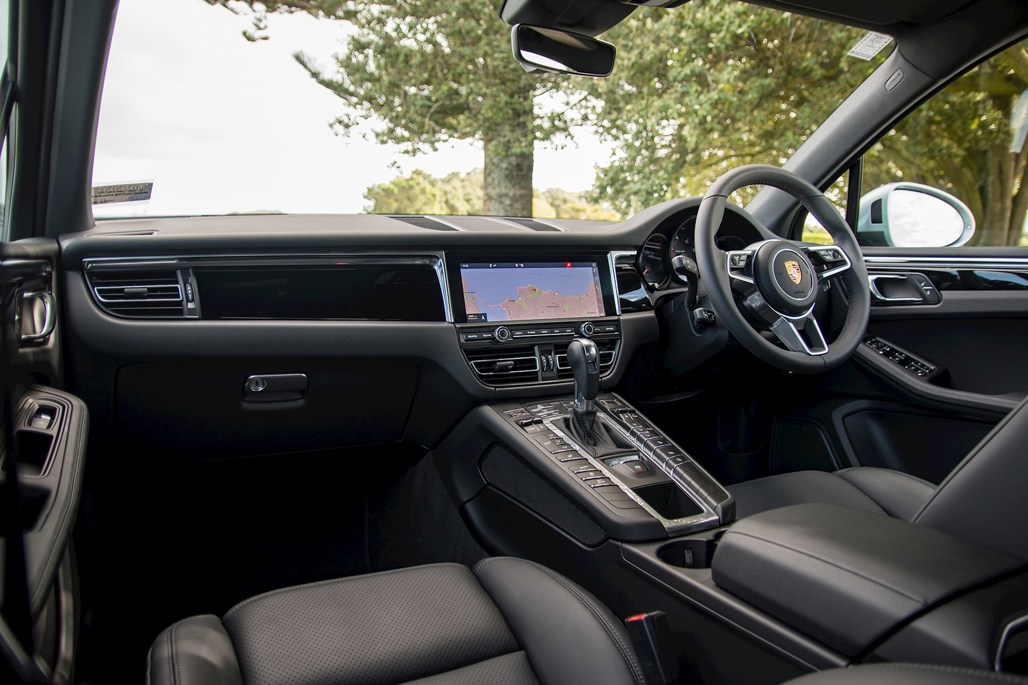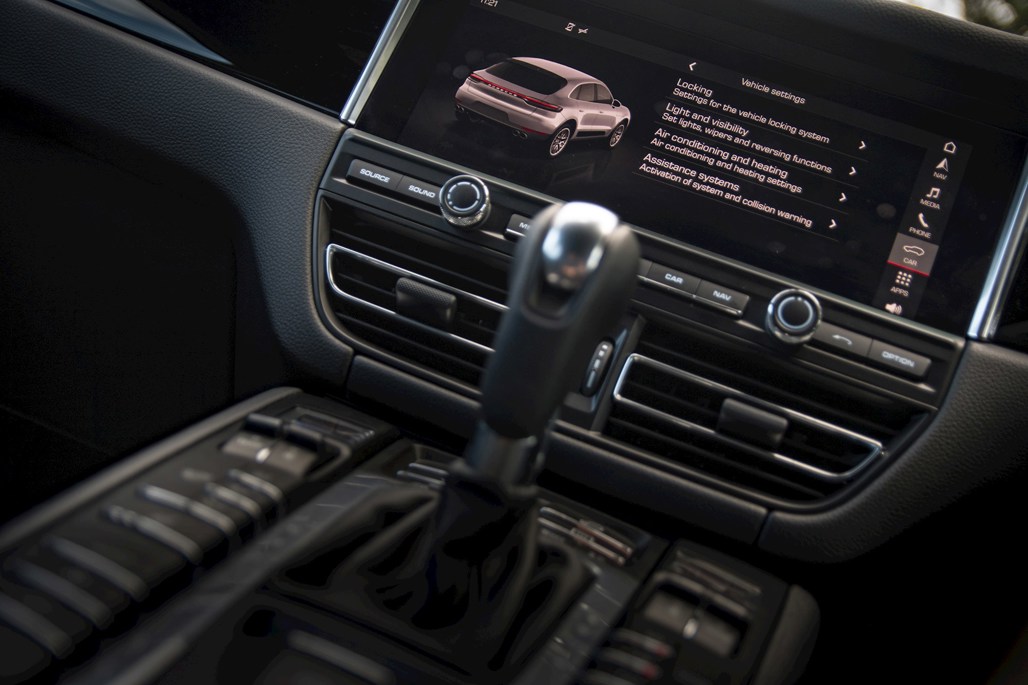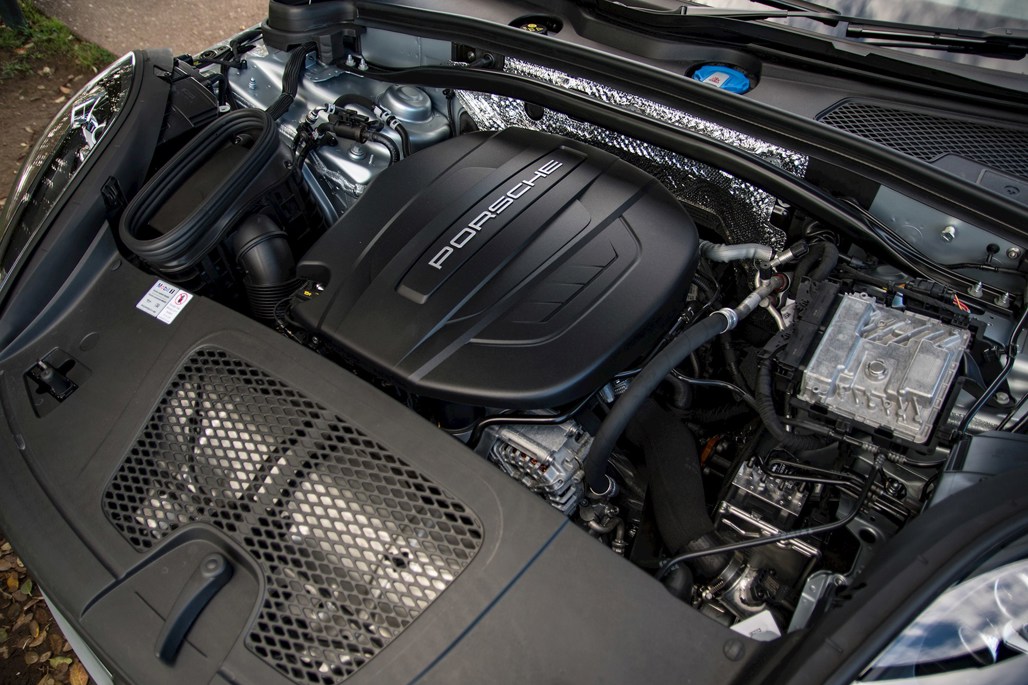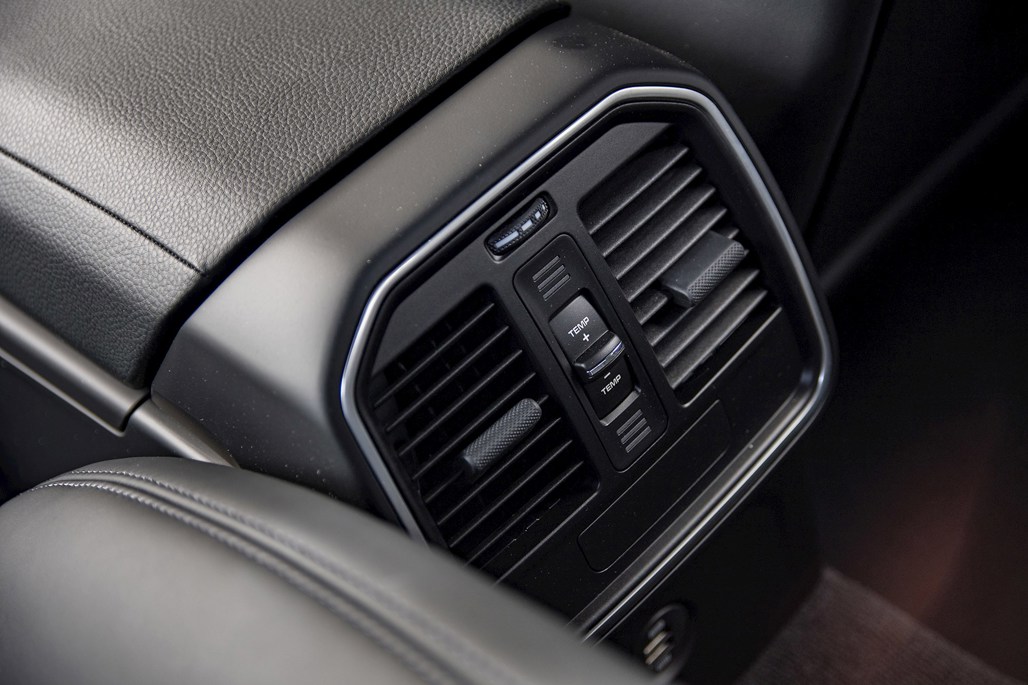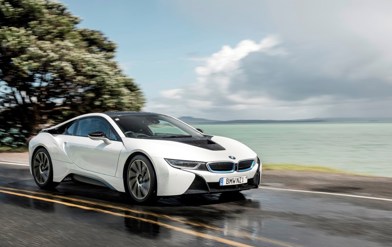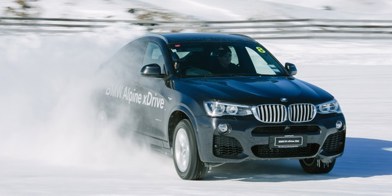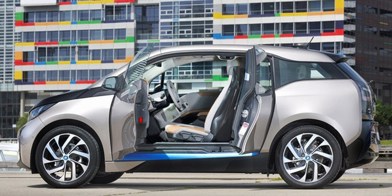Porsche was a pioneer in developing premium sports-oriented SUVs, and it aims to keep ahead of an increasingly busy segment of the market with the new Macan 2 compact SUVs.
With a new, upgraded engine, improved connectivity and technology and exterior styling refinements, the German marque is initially offering the new Macan in two variants, a standard four-cylinder model and a more powerful six-cylinder Macan S version.
Since its introduction in 2014, Porsche has sold more than 400,000 Macan SUVs around the world, promising classic Porsche style and performance on any terrain.
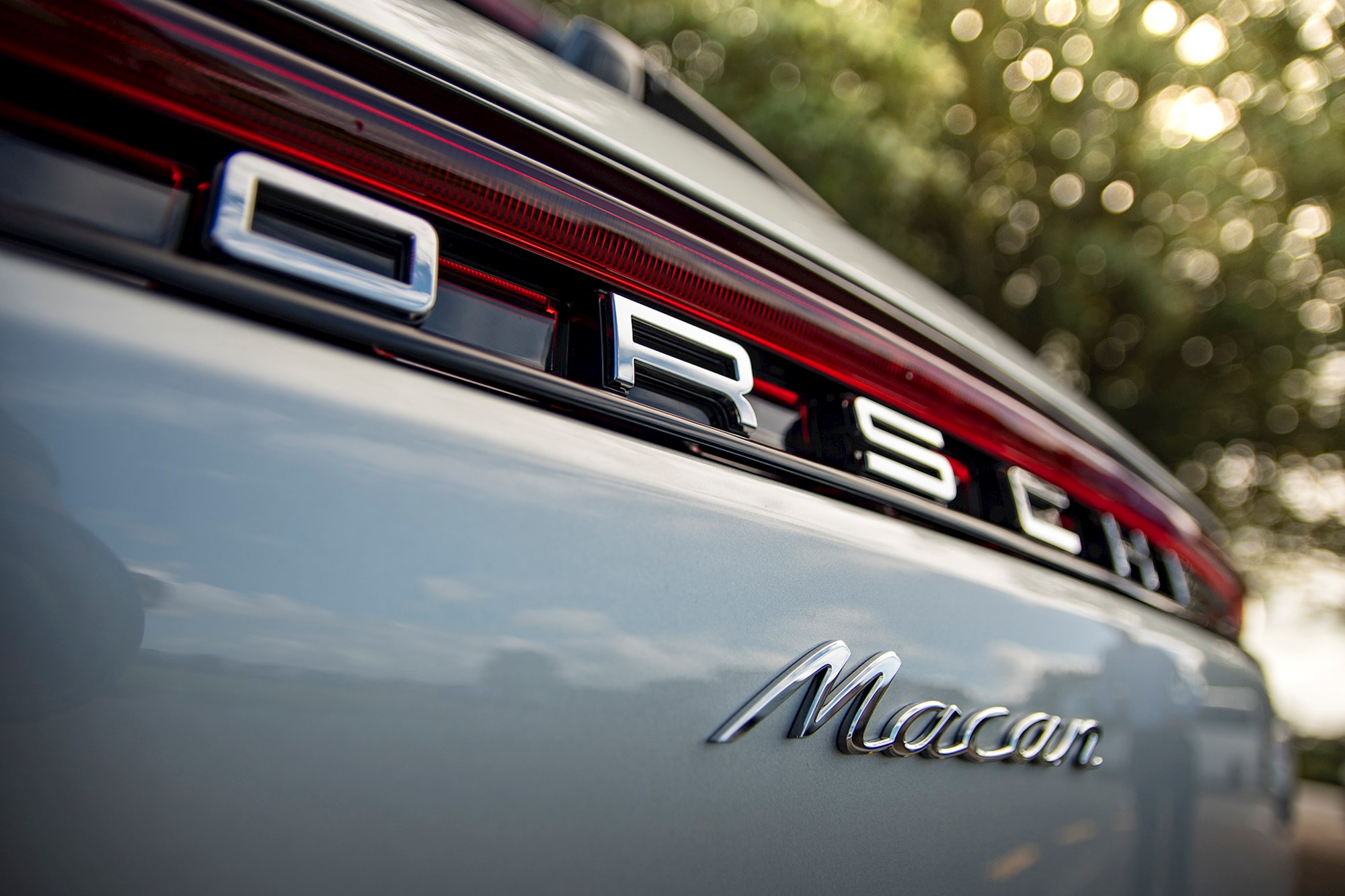
When the Macan was introduced here four years ago, the first shipment of 50 was sold out before the vehicles arrived. The Macan has been a consistent performer in the premium SUV market since.
The Macan provided a lower entry point to the Porsche brand, and made up upmost 30 per cent of total Porsche sales last year.
The strong sales performance was achieved despite the impending arrival of the Mark 2 versions, revealed to journalists at an Asia-Pacific regional media launch in Melbourne this week.
We had several hours behind the wheel of the 2-litre four cylinder Macan and the even sportier 3-litre six-cylinder Macan S during the launch. Both offer an exceptional driving experience, with the brand’s sports car heritage flowing into the SUVs.
They feel grounded and assured on rough roads, and especially so for an higher-riding SUV.
Both models are luxurious inside, with even the standard model no slouch in terms of performance. It accelerates from 0-100 km/h in 6.7s, and has a claimed top speed of 225 km/h. The Macan S reaches 100 km/h in just 5.1s, and fitted with the Sport Chrono Package, the top speed is 254 km/h.
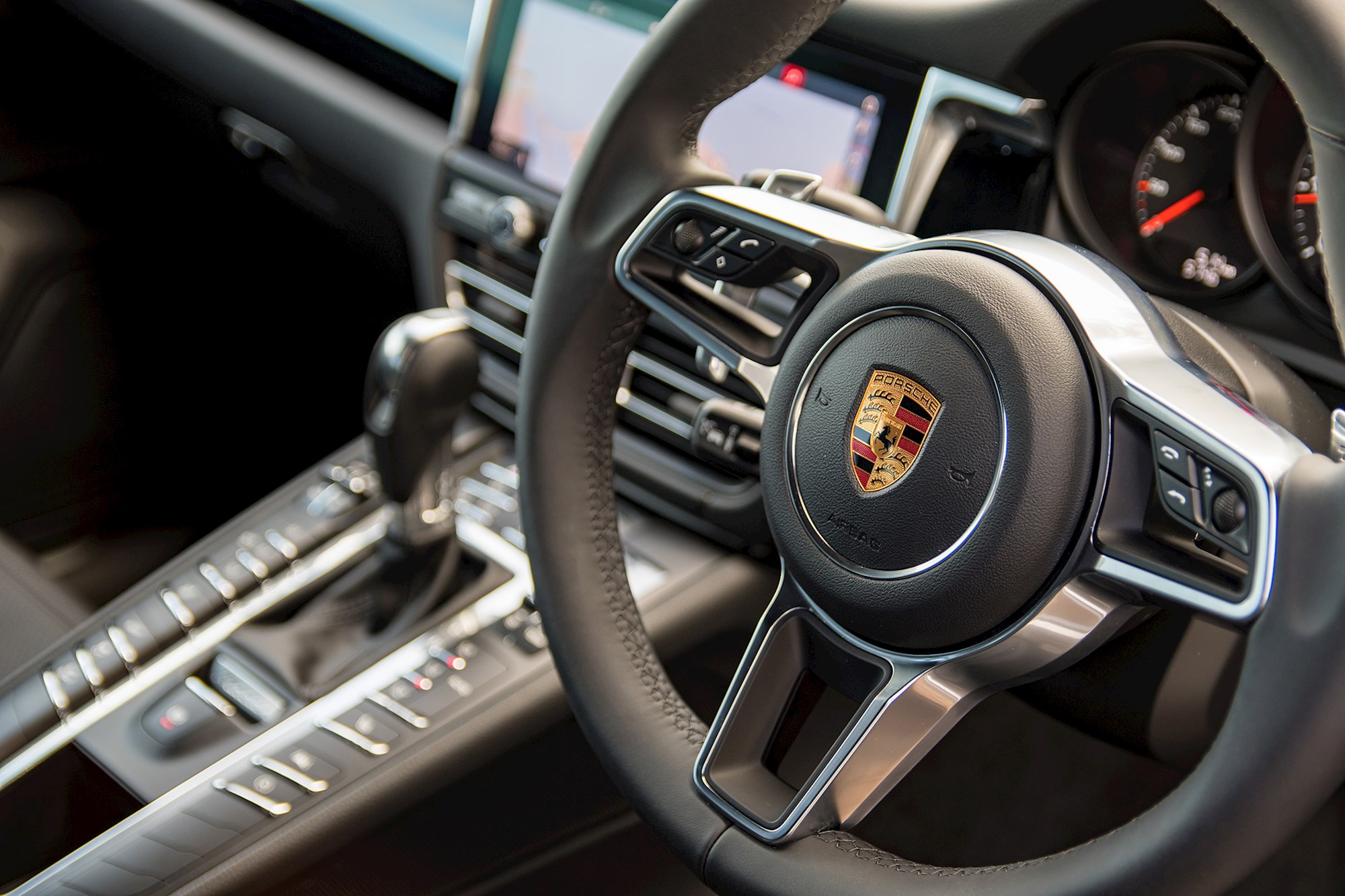
The Macan has always handled well and felt good behind the wheel, but upgrades mean improved comfort, connectivity and driving dynamics.
The standard model is now on sale from $115,500, although with desirable options such as adaptive cruise control and sports tailpipes, the cost increases to just over $126,000. The Macan S sells here for around $20,000 more.
The new model comes with an improved 2-litre turbocharged four cylinder engine in the standard model, which now produces 180kW of power and 270Nm of torque.
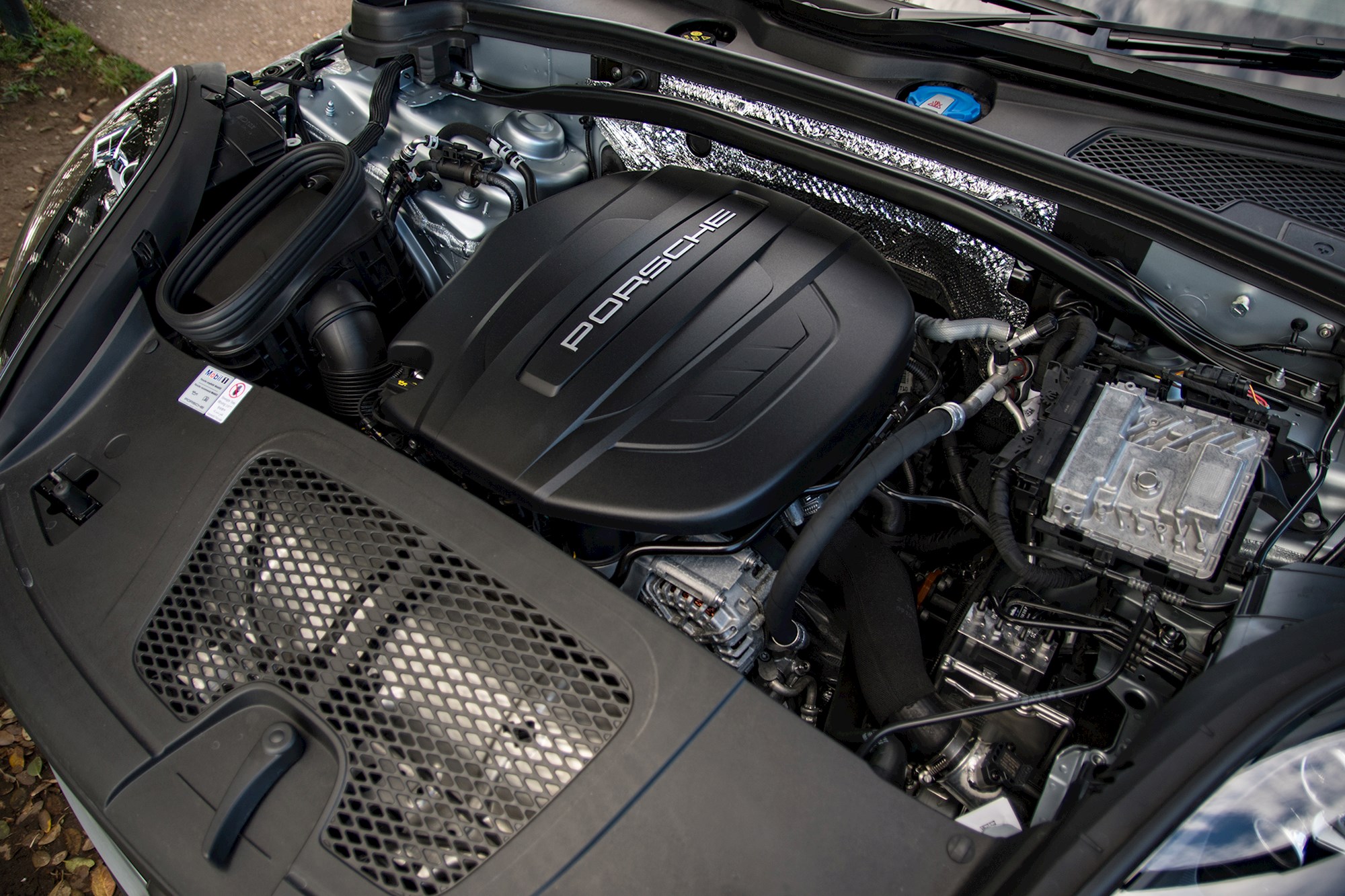
The Macan S is powered by a new 3-litre V6 engine with a single twin-scroll turbocharger. It puts out 260kW of power and 480 Nm of torque, and is the same engine that powers the Porsche Panamera and Cayenne models. The mono turbocharger is in the inner V in the so-called central turbo layout.
Porsche says the short exhaust gas paths between the combustion chambers and turbocharger ensures rapid responsiveness, which is expected by Porsche drivers.
The new twin-scroll turbocharger provides high torque in the low engine speed range, while at the same time contributes to improved responsiveness. Both Macan 2 models have a seven-speed dual clutch transmission and all-wheel drive systems.
Unusually for this class of vehicle the Macan features mixed tyres, with the aim of exploiting the driving dynamics of the all-wheel drive system. Newly developed tyres have improved the vehicles’ lateral dynamics. On the front axle there are either 19 or 21in wheels with a rim width reduced by half an inch. Porsche says this means the tyres are guided more precisely and turn-in ability is improved.
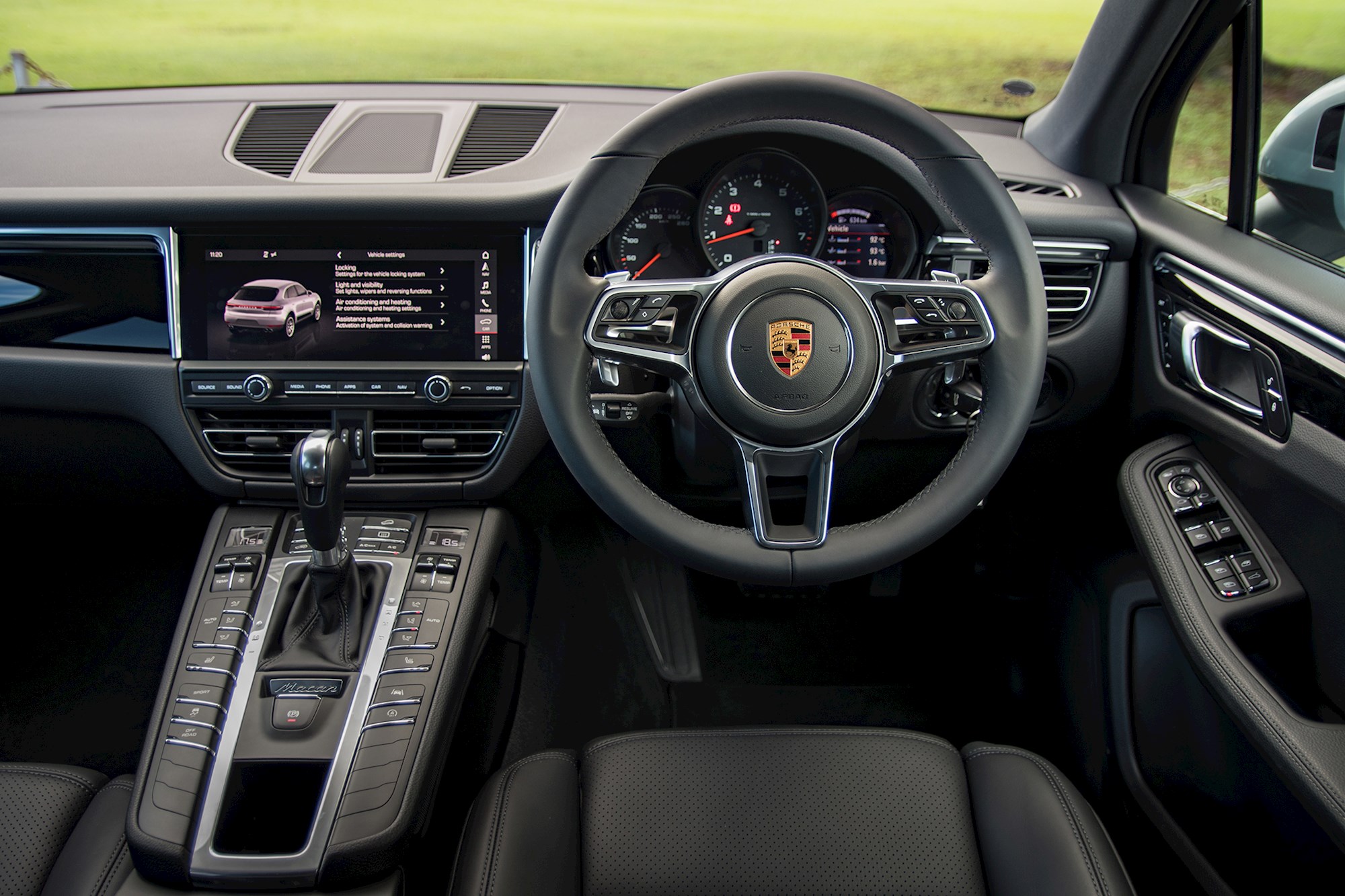
Inside the cabin there is a larger 10.9in touchscreen, with full connectivity as standard and offering improved online navigation and Porsche Connect Plus. It provides the driver with up to date online data at all times for fast route calculation.
Like Porsche’s iconic 911 sports cars, the new Macan is offered with an optional GT sports steering wheel. A drive mode switch is integrated into the steering wheel, offering normal, sport and sport plus modes. The ride in normal mode is firm but comfortable, while the sport response button allows the driver to boost the responsiveness of the Macan, so maximum performance is immediately available.
In sport and sport plus mode, the vehicle reacts to accelerator pedal commands more spontaneously and achieves optimum acceleration values more quickly. There is more feel behind the steering wheel and the sharper response is obvious. Although the ride is a bit firmer, it remains comfortable.
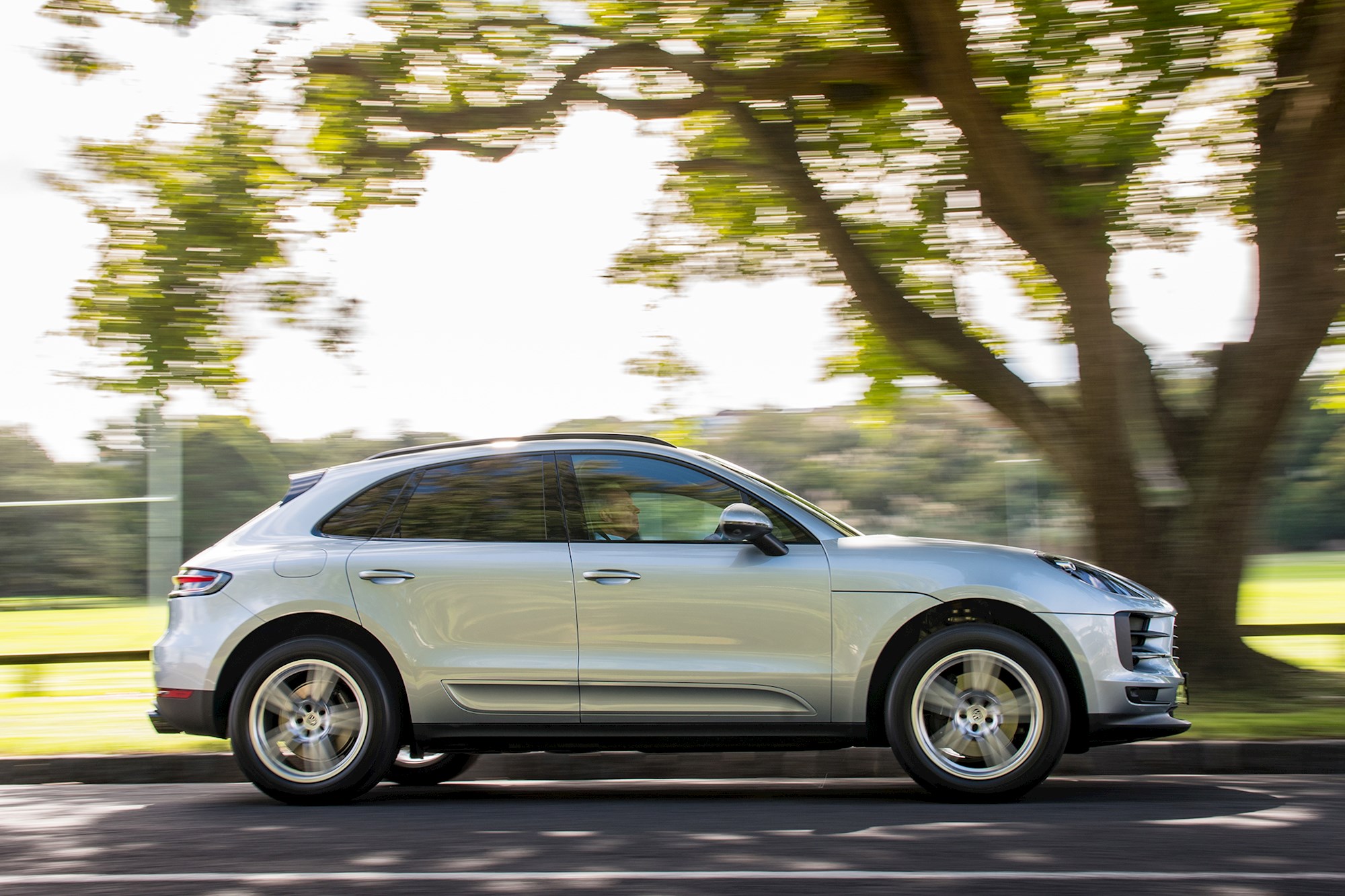
We had the chance to drive several models across motorways and secondary roads north of Melbourne, and the comfort level is exceptional.
Porsche engineers have also made detailed improvements to the Macan chassis and chassis systems. On the front axle, spring forks made of aluminium replace the previous steel components. The new light alloy design is more rigid and as a result, says Porsche, the Macan steers more precisely while the ride has also improved.
Though the wraparound bonnet remains in the new Macan, the front end is revamped with new headlight designs and LED technology.
Subtle differences have improved the model’s front appearance, with smoother, sleeker changes around the LED headlights and front grille. The changes are aimed at accentuating the width of the vehicle, giving it a more square and grounded appearance.
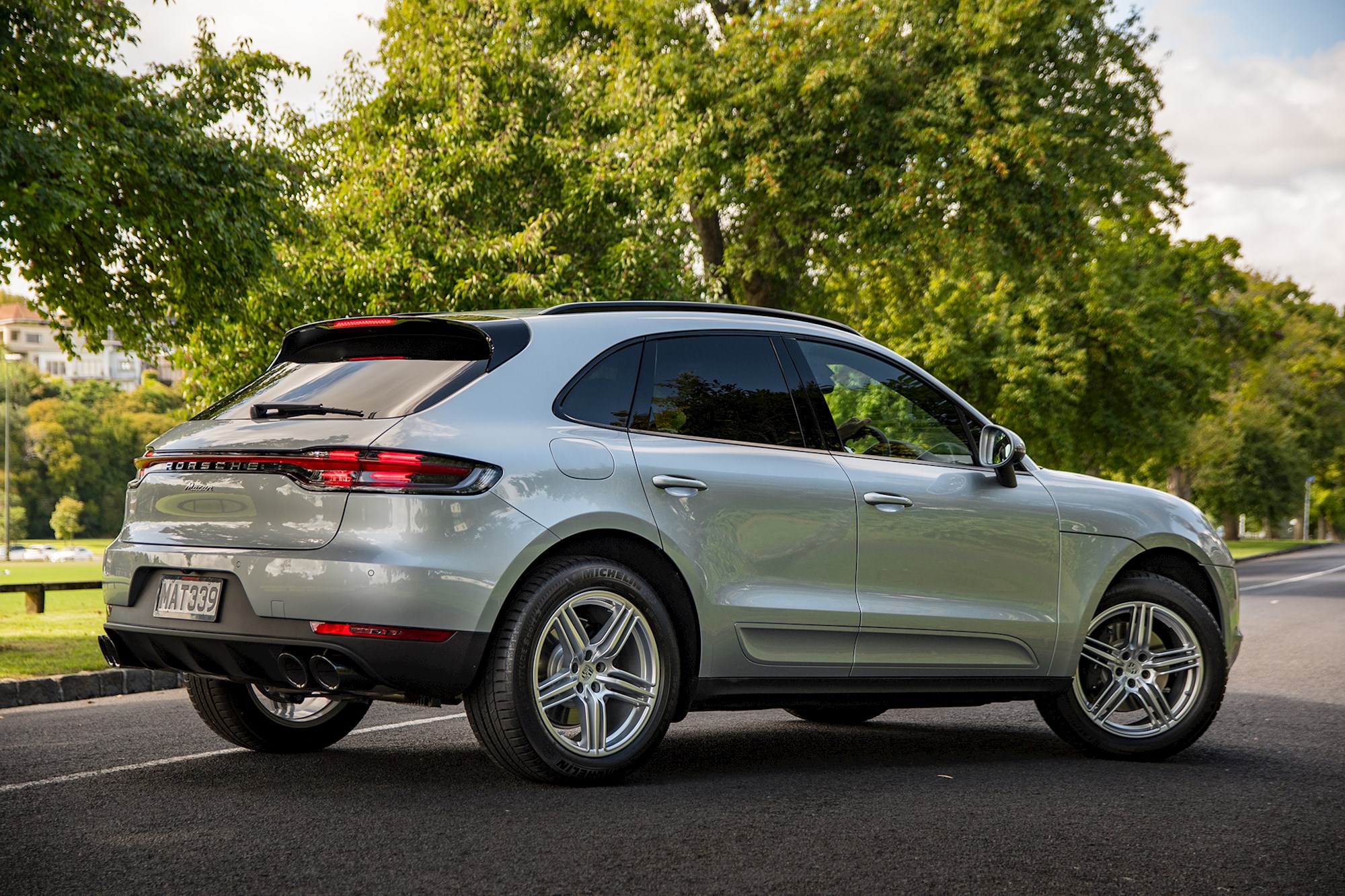
The most obvious exterior change is at the rear, where a three-dimensional Porsche-branded tail light runs across the width of the tailgate.
Again this emphasises the vehicle’s width and helps give the whole vehicle a more rounded and sleeker appearance.
Apart from different wheel options, the only obvious difference between the standard and S models on the outside is the S badge on the rear tailgate. More powerful sensors and greater data and image processing capability have allowed Porsche to offer better connectivity and other services inside the Macan cabin.
